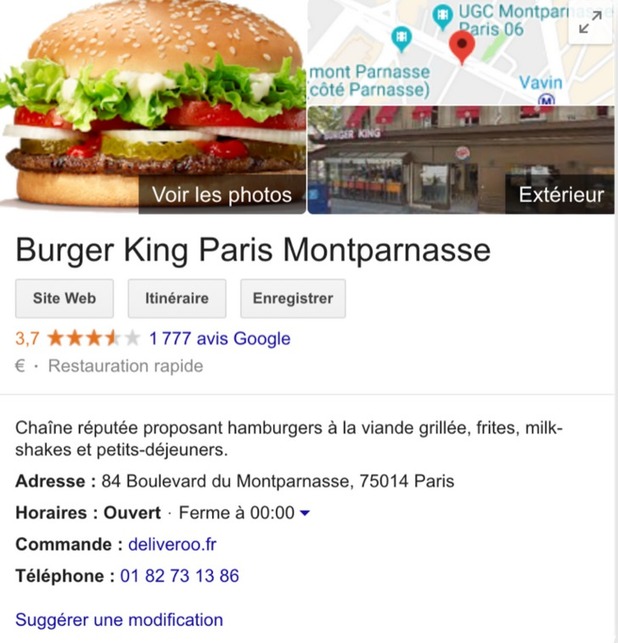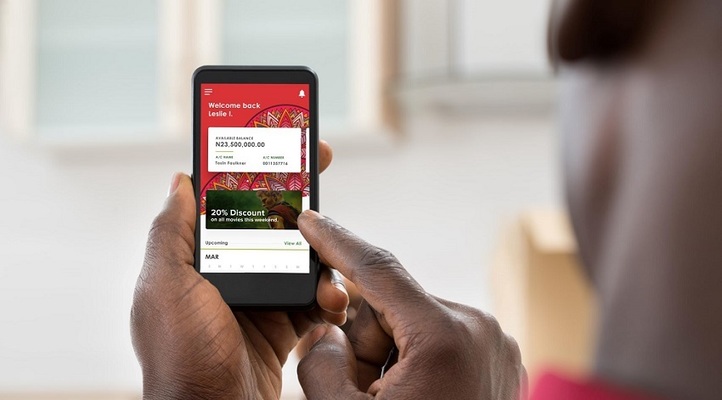Les restaurants autonomes envahiront-ils les gares et les aéroports ?
Après 5 dépôts de brevets et une levée de 10 millions d’euros, la startup Pazzi s’apprête à ouvrir sa première pizzeria autonome en région parisienne. Une ouverture prévue au mois de septembre 2019. A travers sa solution entièrement automatisée, la jeune pousse ambitionne de révolutionner le marché de la restauration rapide en améliorant la productivité et la qualité alimentaire.La startup francilienne Pazzi vient d’effectuer une levée de fonds de 10 millions d’euros. Premier investissement en Europe du fonds singapourien Qualgro, le tour de table réunissait également Eutopia, Partech et Daphni ainsi que des entrepreneurs américains et suisse du Merchant Club. Ce groupe d’investisseurs misent sur Pazzi, pionnier européen du restaurant autonome. Un marché émergent pouvant atteindre 3,1 milliards de dollars d’ici 2025 selon Meticulous Research.La levée de fonds permettra à la jeune pousse de renforcer ses équipes de R&D, ses partenariats industriels et d’ouvrir son premier restaurant en région parisienne. Cette ouverture est le fruit de 6 années de recherches et de 5 dépôts de brevets technologiques. Imaginé par Sébastien Roverso et Cyrill Hamon, deux ingénieurs français passionnés de robotique et d’électronique depuis l’enfance, le robot pizzaïolo est capable de concocter 100 pizzas à l’heure. Pour apprendre à reproduire les mouvements des pizzaïolos (humains), Pazzi a suivi l’entraînement du chef Thierry Graffagnino, triple champion du monde de pizzas. Ce dernier signe également la pâte et les recettes dont Pazzi assurera la production.









